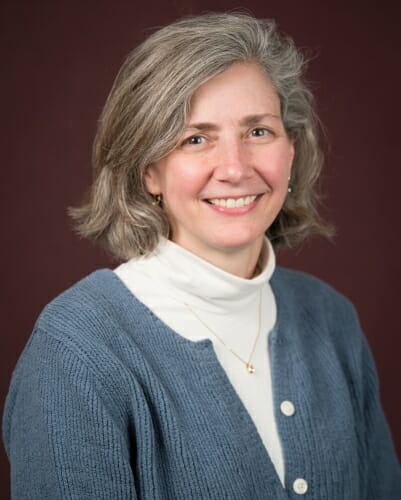UW–Madison awarded $1 million to support STEM transfer students
The Wisconsin Institute for Science Education and Community Engagement (WISCIENCE) at the University of Wisconsin–Madison has been awarded $1 million over five years by the Howard Hughes Medical Institute to develop stronger support systems for transfer students studying science, technology, engineering and math, or STEM, fields.
Janet Branchaw, director of WISCIENCE and a professor of kinesiology, will lead a multi-institutional team of faculty and staff at UW–Madison, Madison College, UW–Whitewater and the UW System’s two-year institutions to develop, implement and evaluate a model transfer program. The model program will provide professional development training for faculty and staff on pre- and post-transfer support for students. And it will create a Stem Transfer Transition Program for students that includes tailored advising and academic and social support to ease their transition and improve their integration into the four-year school.
Overall, the team aims to increase the graduation rate of STEM transfer students across the state, many of whom are first-generation college students from rural Wisconsin communities or come from underrepresented minority groups.
Madison College and UW–Madison will partner to implement the first model program. In coming years, the program will be implemented and tested through partnerships between UW–Madison and the UW System’s two-year institutions, and between Madison College and UW–Whitewater.
Over the five years, the team aims to engage 375 transfer students and train more than 1,000 faculty and staff. The partnering institutions will evaluate the program to assess its effectiveness and work to develop lasting support structures that can extend to all colleges and universities in the state.
“Within the population of the state of Wisconsin, many of our underrepresented student populations — this includes first generation college students and rural students — go to two-year schools first and then transfer to four-year schools,” says Branchaw. “We want to see if we can figure out what is happening with those students before they transfer and after they transition to the four-year school to determine how best to support them.”
Each year, about 8,800 students — 60 percent first generation college students, and 17 percent targeted minority students — transfer from the UW System’s two-year institutions or the Wisconsin technical colleges to four-year schools. The average six-year graduation rate of transfer students in the UW System is 61 percent, five percentage points lower than for students who enroll at four-year institutions as freshmen.
The program will take advantage of existing social, academic and financial support systems already in place. Tuition assistance programs, such as Badger Promise at UW–Madison and Scholars of Promise at Madison College, and other financial aid available will be incorporated into the program. Students will also be encouraged to take advantage of opportunities such as undergraduate research, service learning and internships — experiences that can greatly increase their career prospects after graduation.
To help address the potential culture shock of transferring, the program will also train peer mentors. These students who have already made the transition can help incoming transfer students navigate the expectations and challenges of their new school.
An advisory board made up of experts in transfer student services from institutions across the UW System will be formed to guide the core development team. The board will consider how the model and goals of the program can be achieved on their individual campuses and identify available resources to support such efforts. By focusing on how to disseminate and sustain the program at other Wisconsin institutions, the board will ensure the impact of the program will extend past the grant’s five-year term.
“I feel like UW–Madison can really serve as the flagship institution that we are in this program,” says Branchaw. “We can use our resources and expertise to bring our colleagues together to build something that will benefit the entire state.”
Branchaw says that UW–Madison, Madison College, UW–Whitewater and the participating UW System schools are all motivated by the same thing — the students.
“We want them to be successful, whatever schools they transfer to.”





